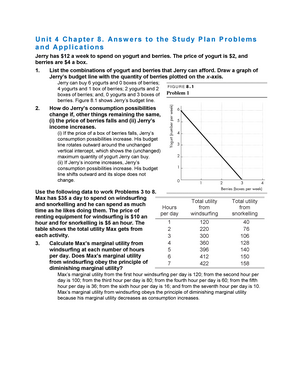
Some excited electronic states of formaldehyde are pyramidal rather than planar as in the ground state. The bond lengths are 1.21 Å for the carbon–oxygen bond and around 1.11 Å for the carbon–hydrogen bond, while the H–C–H bond angle is 117°, close to the 120° angle found in an ideal trigonal planar molecule. The precise molecular geometry of gaseous formaldehyde has been determined by gas electron diffraction and microwave spectroscopy. The molecule is planar, Y-shaped and its molecular symmetry belongs to the C 2v point group. This structure is summarised by the condensed formula H 2C=O. Molecular formaldehyde contains a central carbon atom with a double bond to the oxygen atom and a single bond to each hydrogen atom.

Methanediol, the predominant species in dilute aqueous solutions of formaldehyde. "Formaldehyde" was first used as a generic trademark in 1893 following a previous trade name, "formalin". A typical commercial-grade formalin may contain 10–12% methanol in addition to various metallic impurities. A saturated water solution, of about 40% formaldehyde by volume or 37% by mass, is called "100% formalin".Ī small amount of stabilizer, such as methanol, is usually added to suppress oxidation and polymerization. This compound also exists in equilibrium with various oligomers (short polymers), depending on the concentration and temperature. Methanediol, with the formula CH 2(OH) 2.It is a white solid that is insoluble in most solvents. Paraformaldehyde, with the formula HO(CH 2O) nH.It is a trimer of molecular formaldehyde. It is a white solid that dissolves without degradation in organic solvents. 1,3,5-Trioxane, with the formula (CH 2O) 3.It is stable at about 150 ☌, but polymerizes when condensed to a liquid. A colorless gas with a characteristic pungent, irritating odor. These compounds can often be used interchangeably and can be interconverted.

It is mainly used in the production of industrial resins, e.g., for particle board and coatings.įormaldehyde is more complicated than many simple carbon compounds in that it adopts several diverse forms. In 1996, the installed capacity for the production of formaldehyde was estimated at 8.7 million tons per year. The common name of this substance comes from its similarity and relation to formic acid.įormaldehyde is an important precursor to many other materials and chemical compounds. It is the simplest of the aldehydes ( R−CHO). The pure compound is a pungent, colourless gas that polymerises spontaneously into paraformaldehyde (refer to section Forms below), hence it is stored as an aqueous solution ( formalin), which is also used to store animal specimens. Formaldehyde ( / f ɔːr ˈ m æ l d ɪ h aɪ d/ ( listen) for- MAL-di-hide, US also / f ə r-/ ( listen) fər-) ( systematic name methanal) is a naturally occurring organic compound with the formula CH 2O and structure H−CHO.


 0 kommentar(er)
0 kommentar(er)
